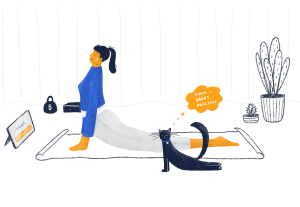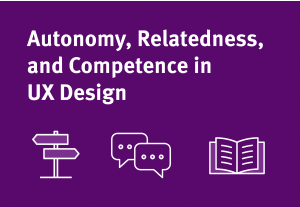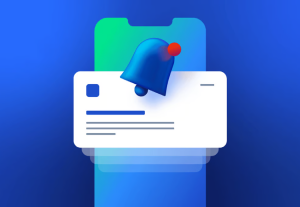7 Steps to Better Customer Experience (CX)
- The article emphasizes the significance of exceptional customer experience and its impact on business success, outlining seven crucial steps to improve customer experience, from understanding the customer journey to refining and iterating the process.
Share:7 Steps to Better Customer Experience (CX)
Share this link
- July 25, 2023
7 min read








